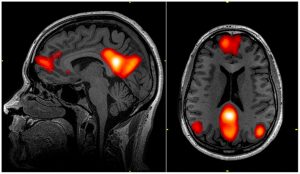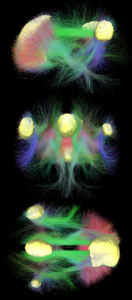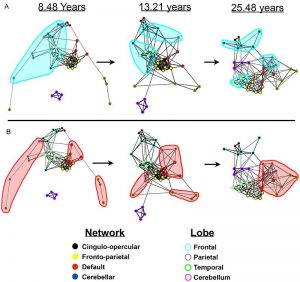In neuroscience, the default mode network, also default network, or default state network, is a large scale brain network of interacting brain regions known to have activity highly correlated with each other and distinct from other networks in the brain.

References
Plain numerical DOI: 10.1089/jpm.2018.0644
DOI URL
directSciHub download
Show/hide publication abstract
Show/hide publication abstract
Plain numerical DOI: 10.1523/JNEUROSCI.2063-13.2013
DOI URL
directSciHub download
Show/hide publication abstract
Plain numerical DOI: 10.1093/schbul/sbs117
DOI URL
directSciHub download
Show/hide publication abstract
Plain numerical DOI: 10.1016/B978-0-12-800212-4.00081-9
DOI URL
directSciHub download
Show/hide publication abstract
Plain numerical DOI: 10.3389/fnhum.2014.00020
DOI URL
directSciHub download
Show/hide publication abstract
Plain numerical DOI: 10.1038/s41598-017-13282-7
DOI URL
directSciHub download
Show/hide publication abstract
Plain numerical DOI: 10.1002/hbm.22562
DOI URL
directSciHub download


